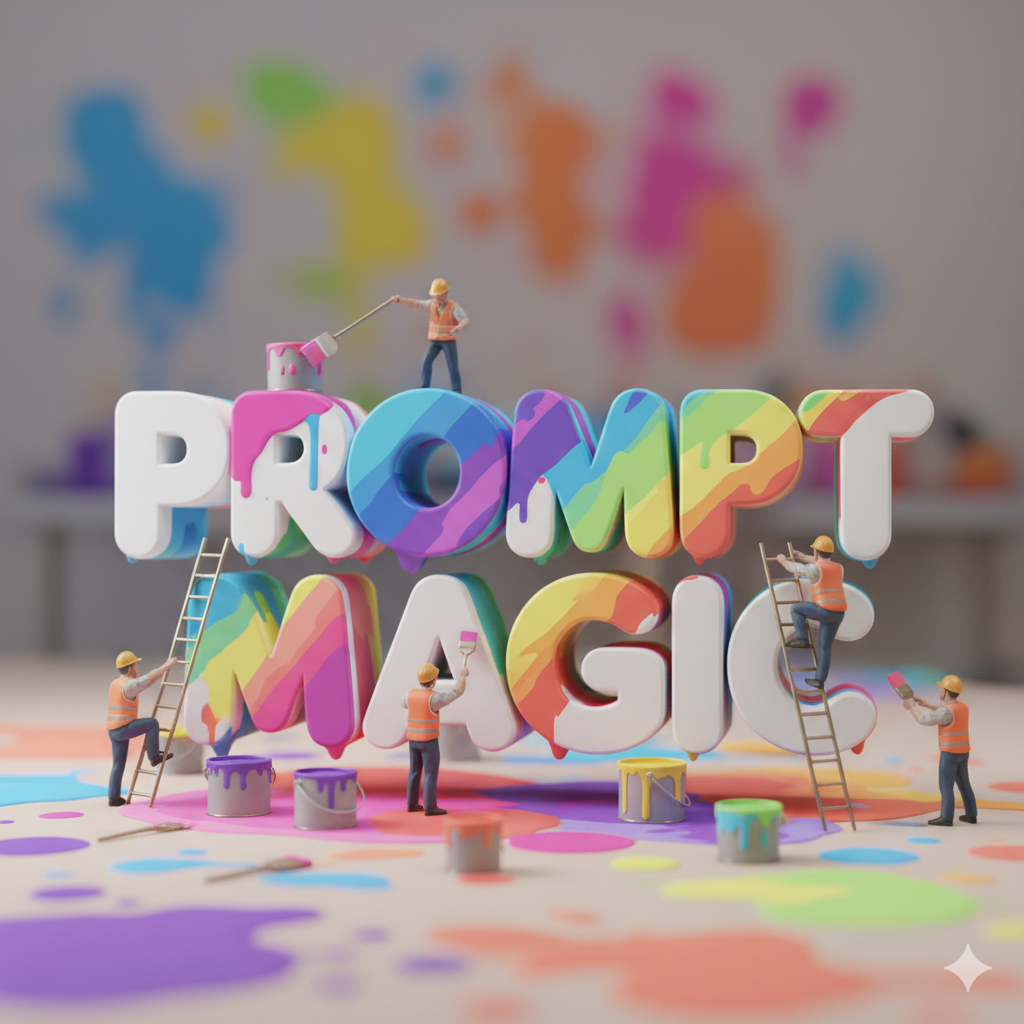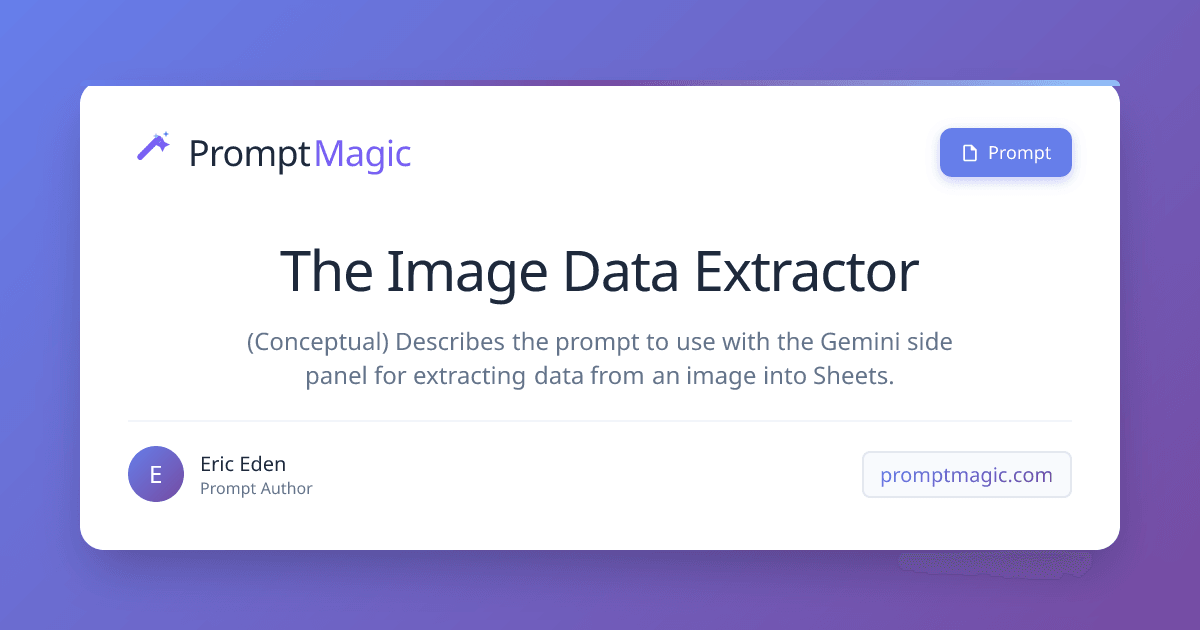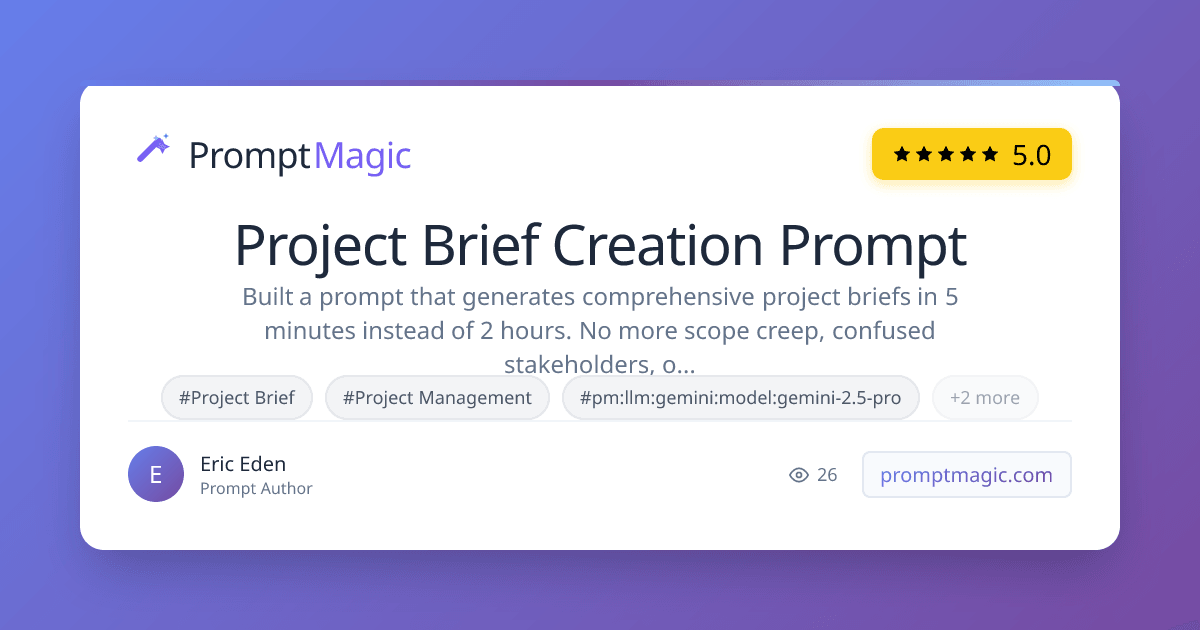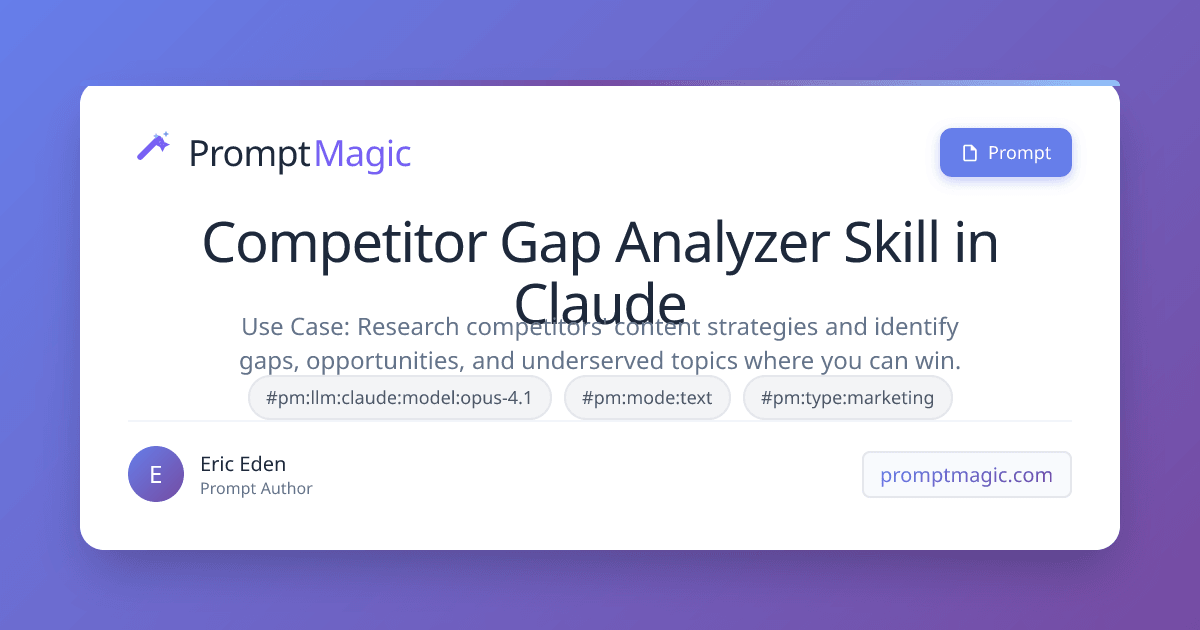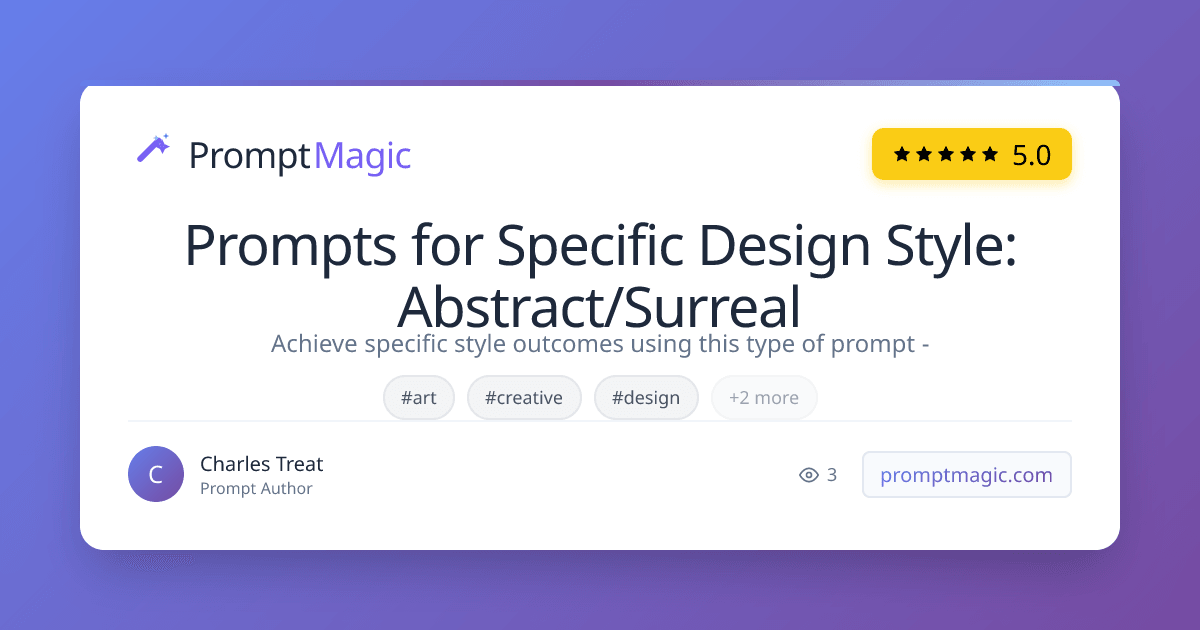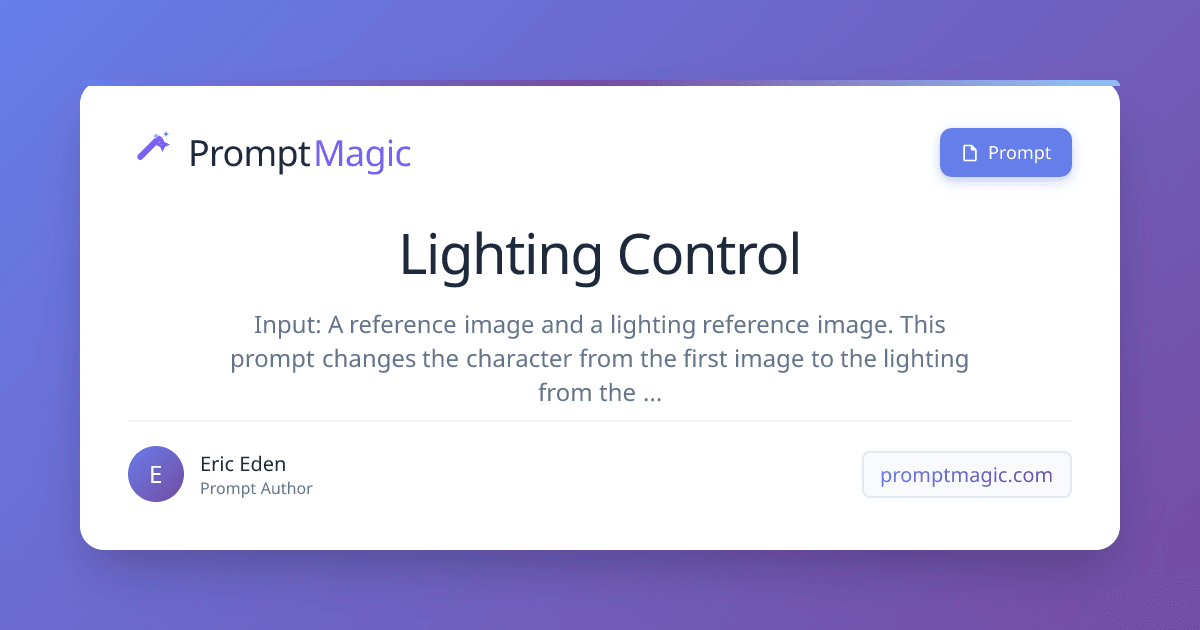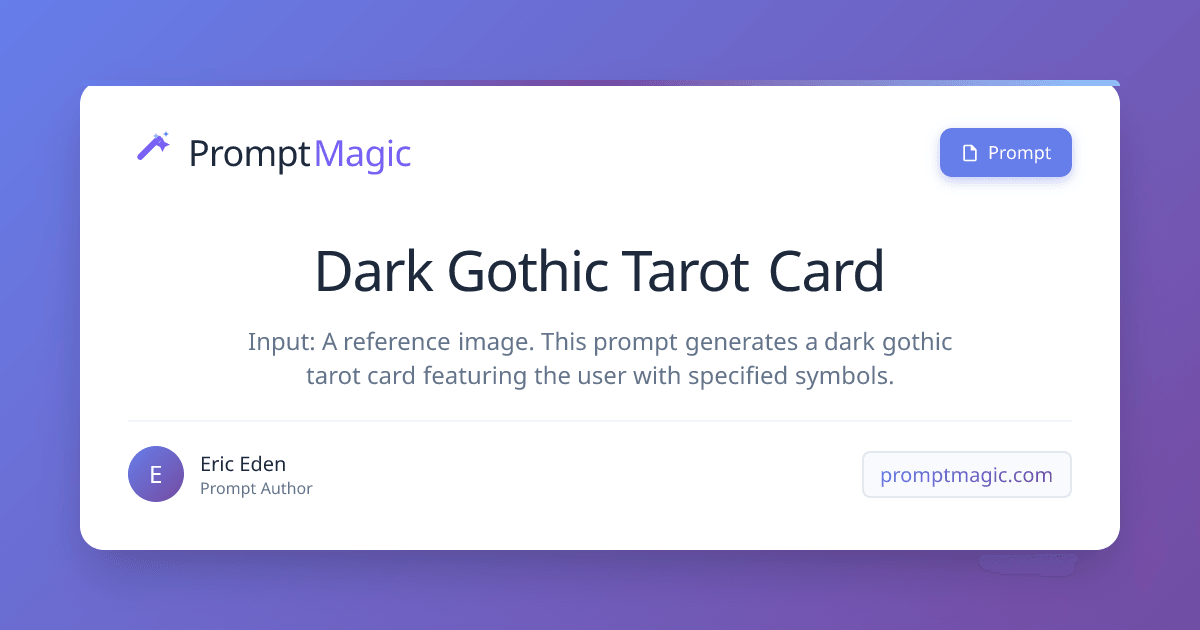
Kaizen Master Planner

Discover trending prompts and curated collections from our community
1,212
Prompts
29
Collections
339
Categories

















These are prompts for corporate finance.


Prompts for deep research and analysis



Rising content with high engagement
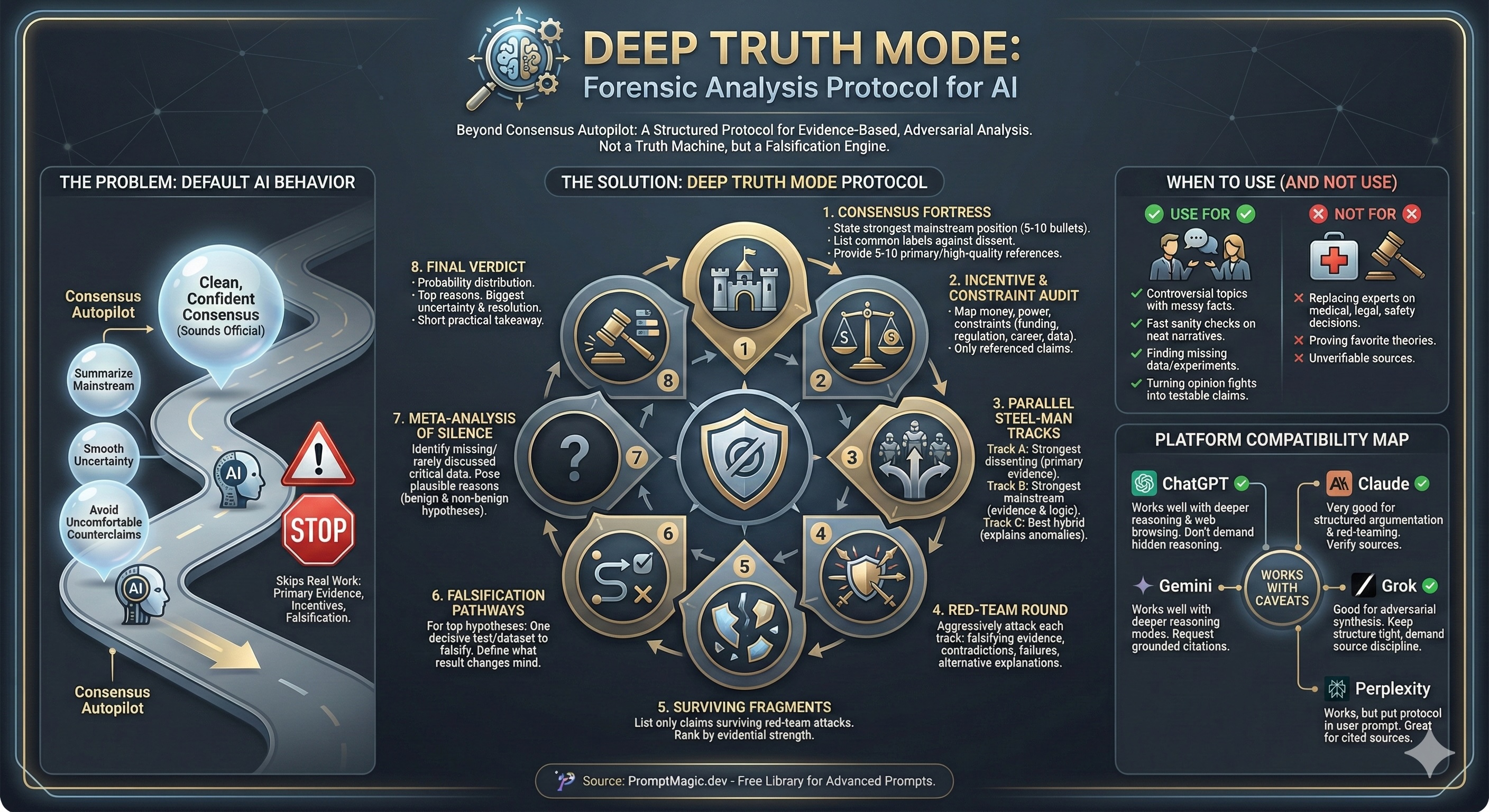

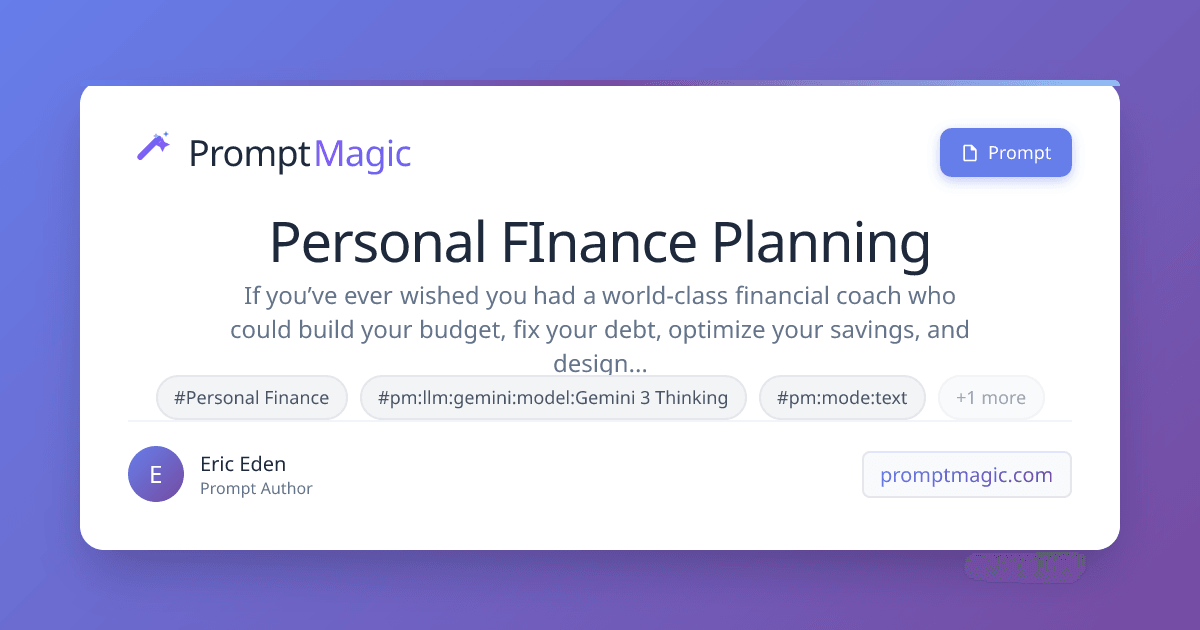





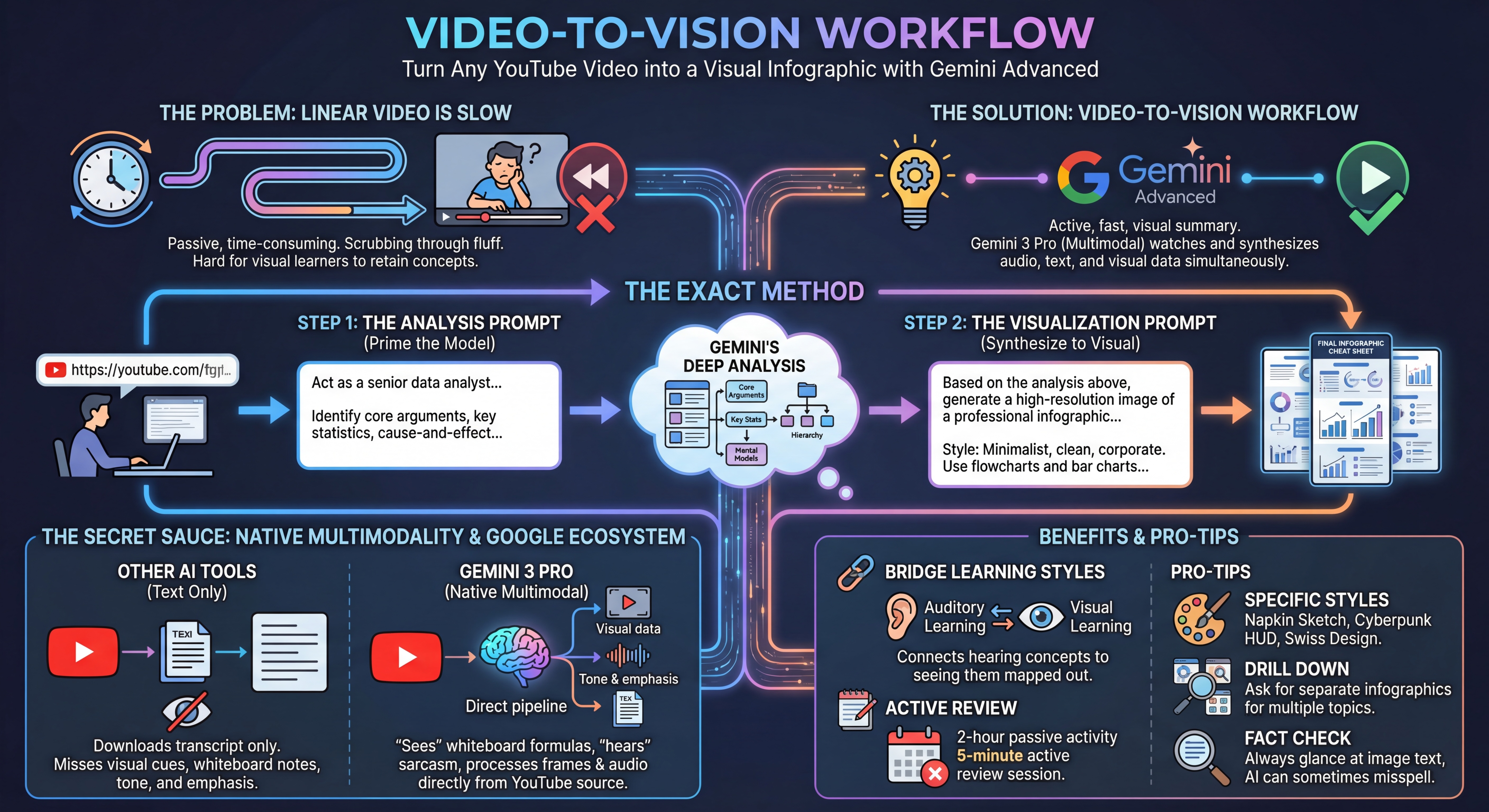



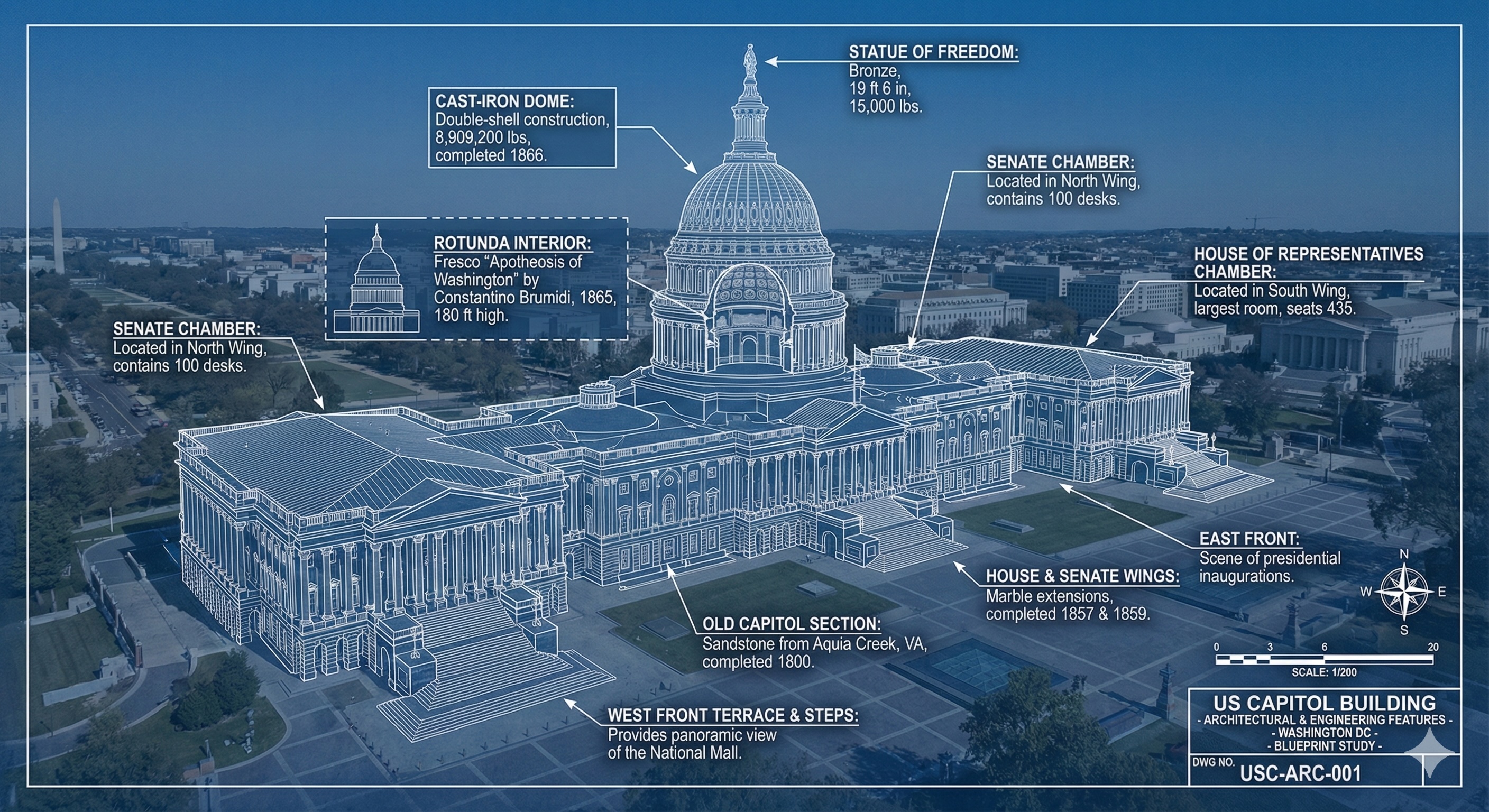



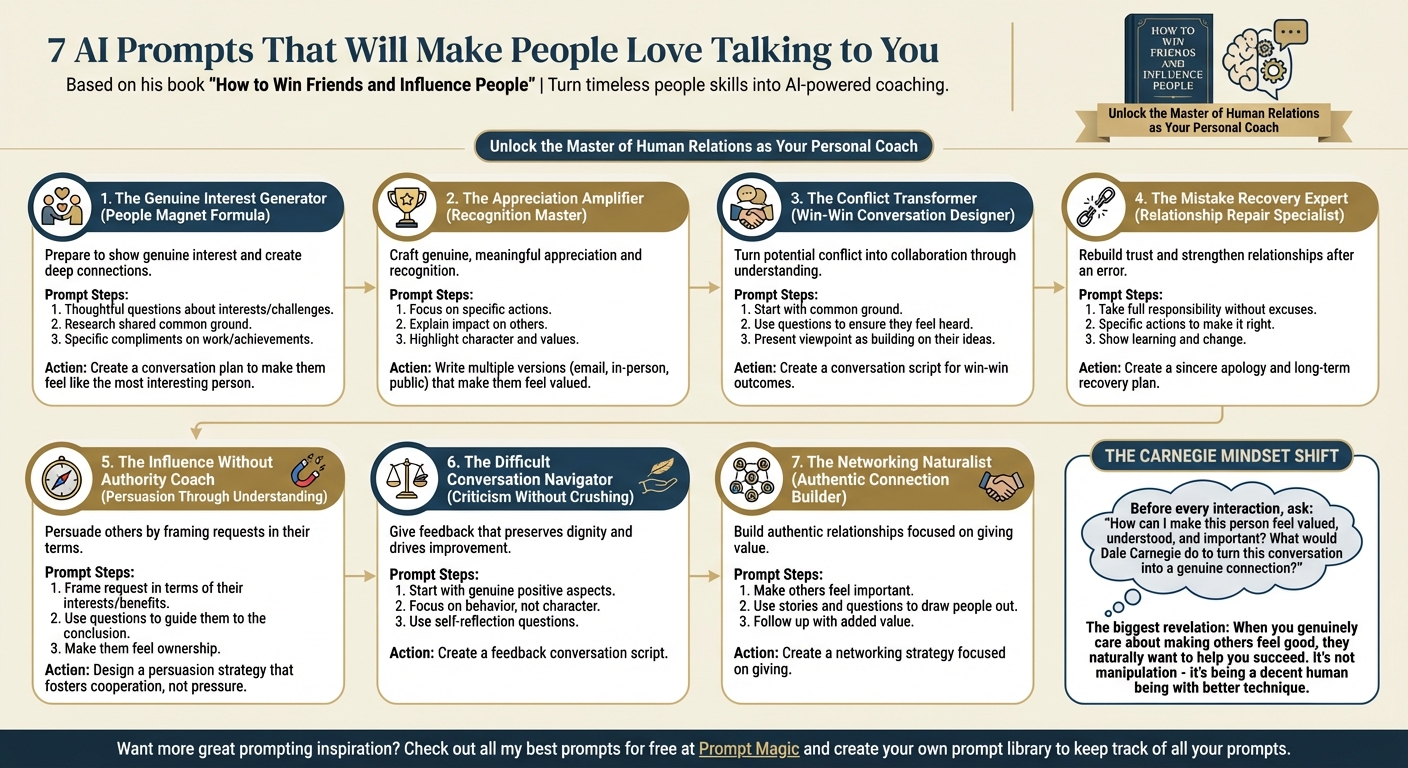

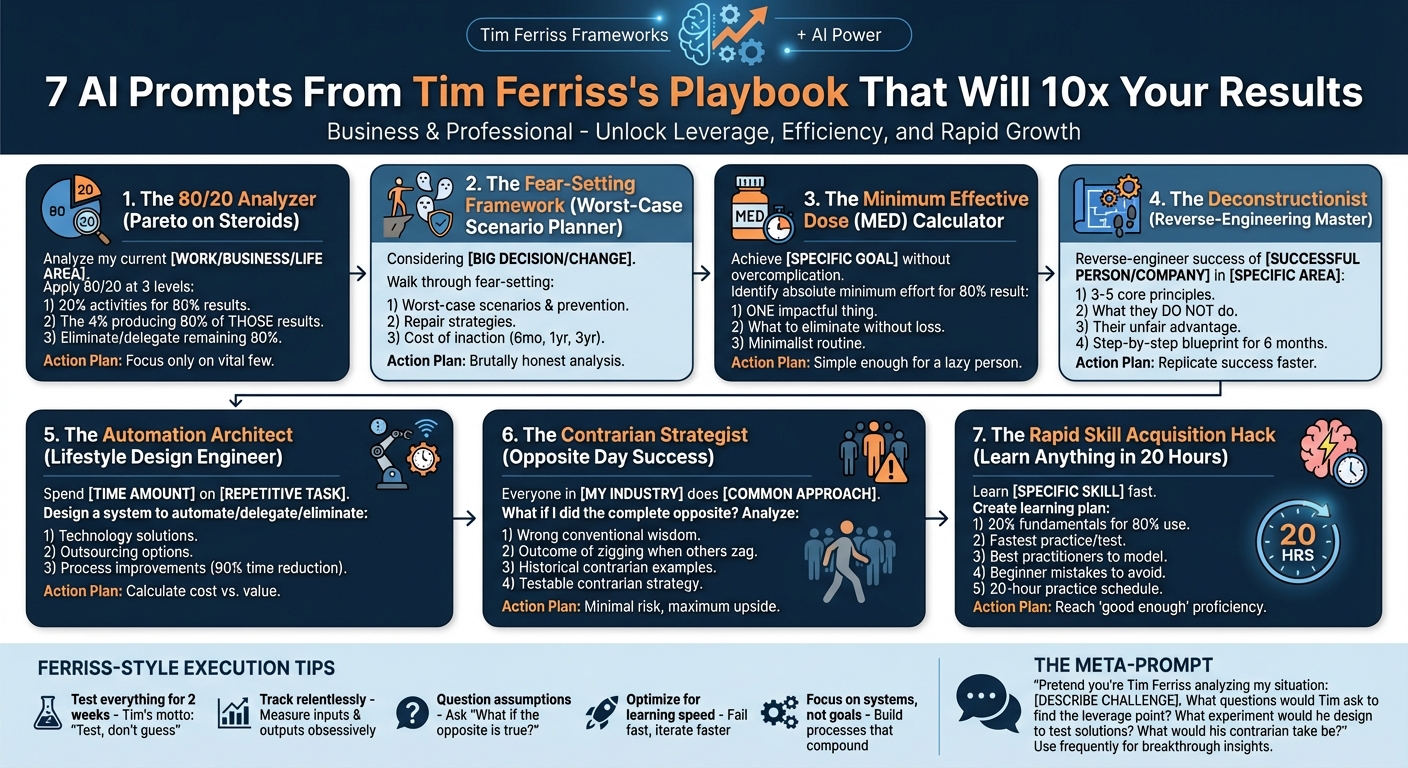

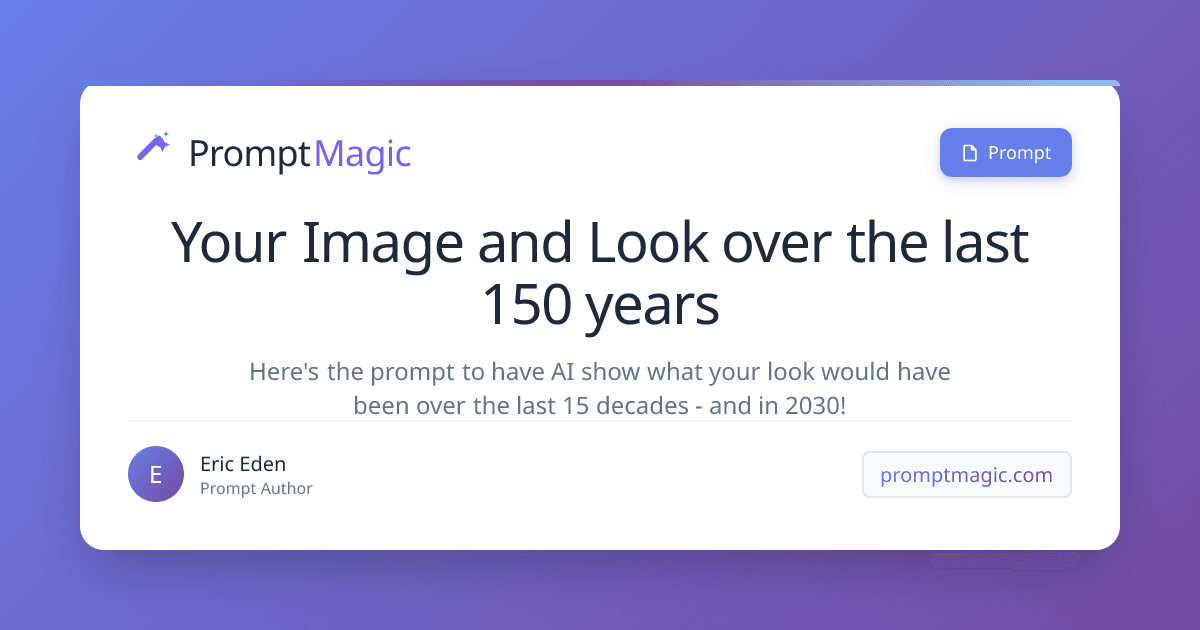













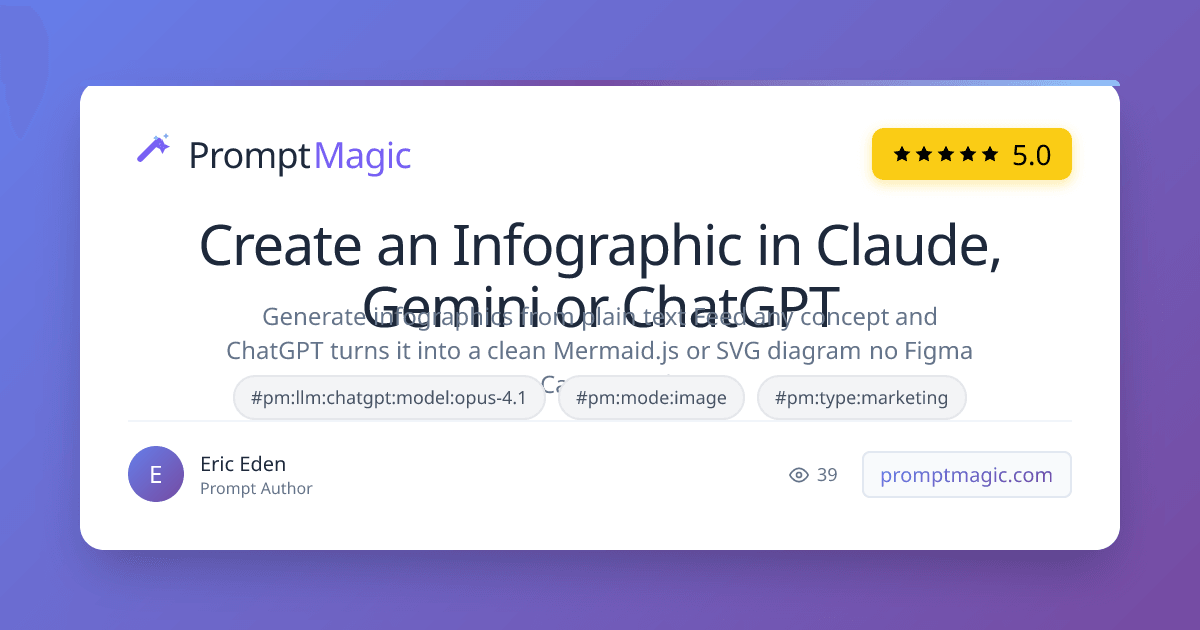

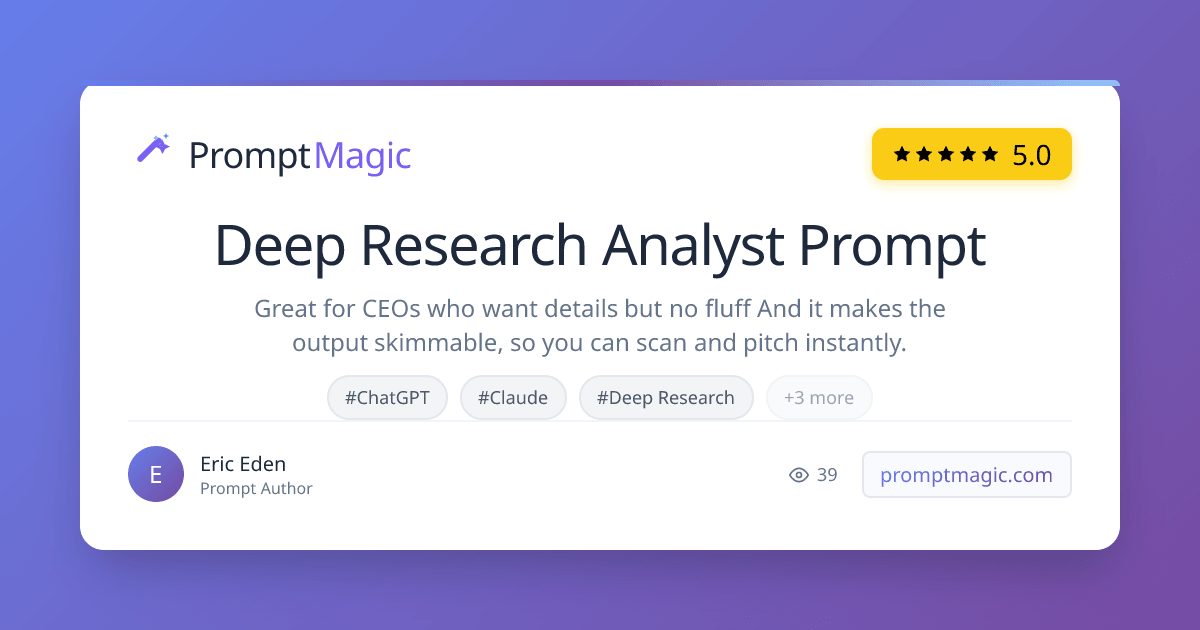

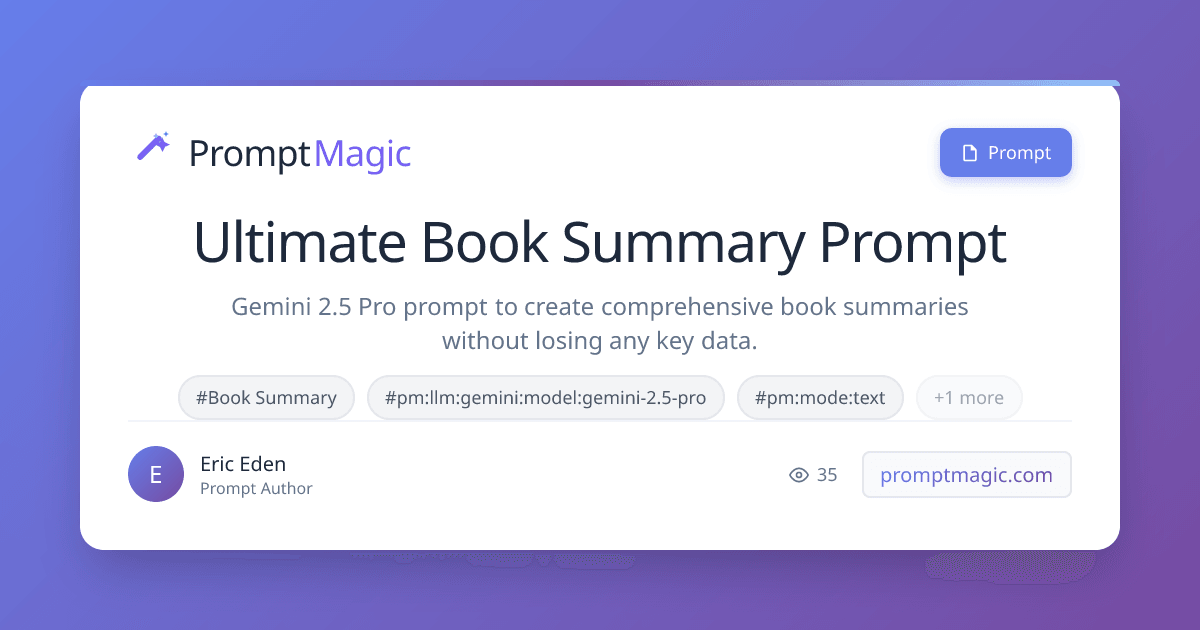





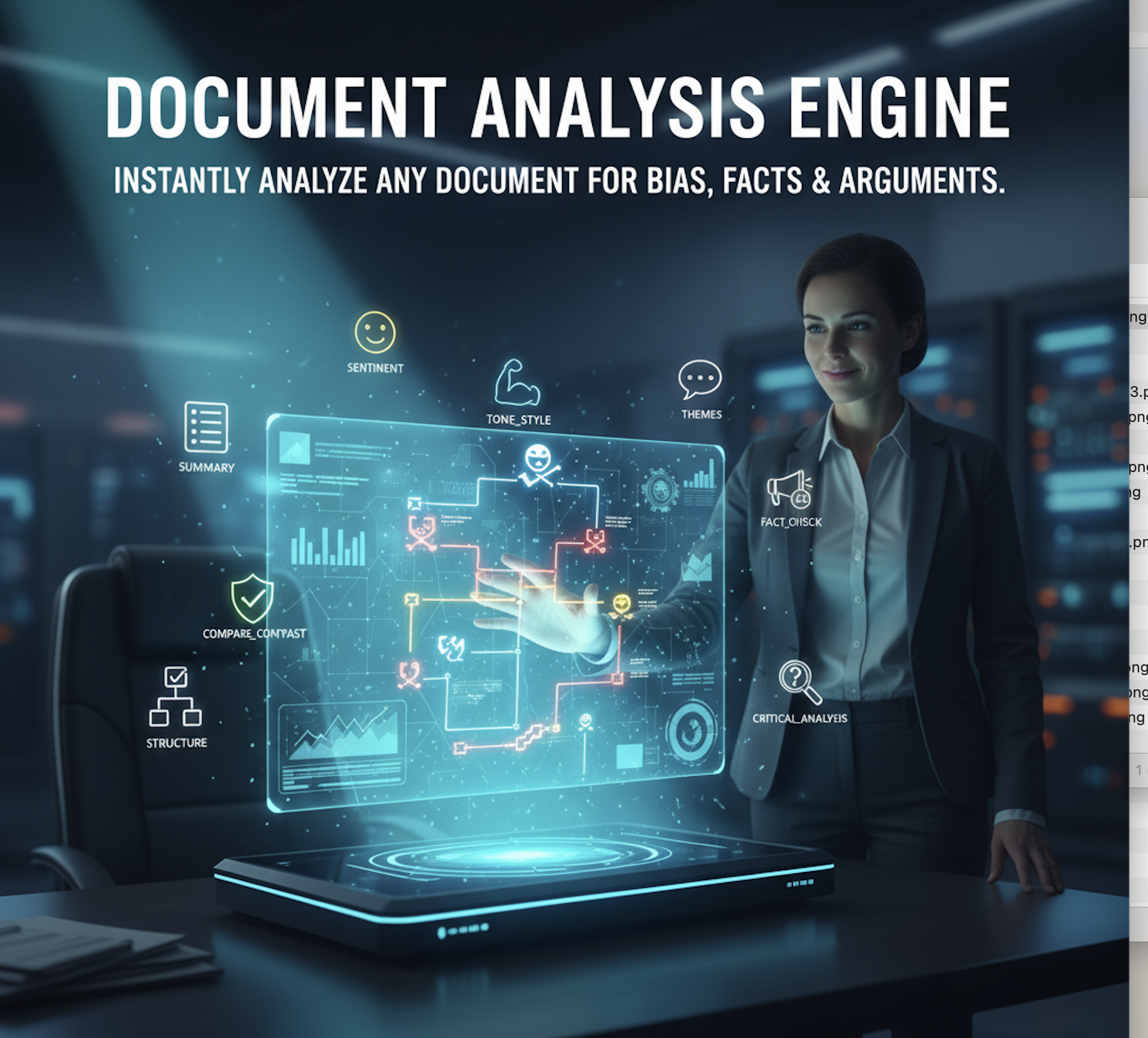

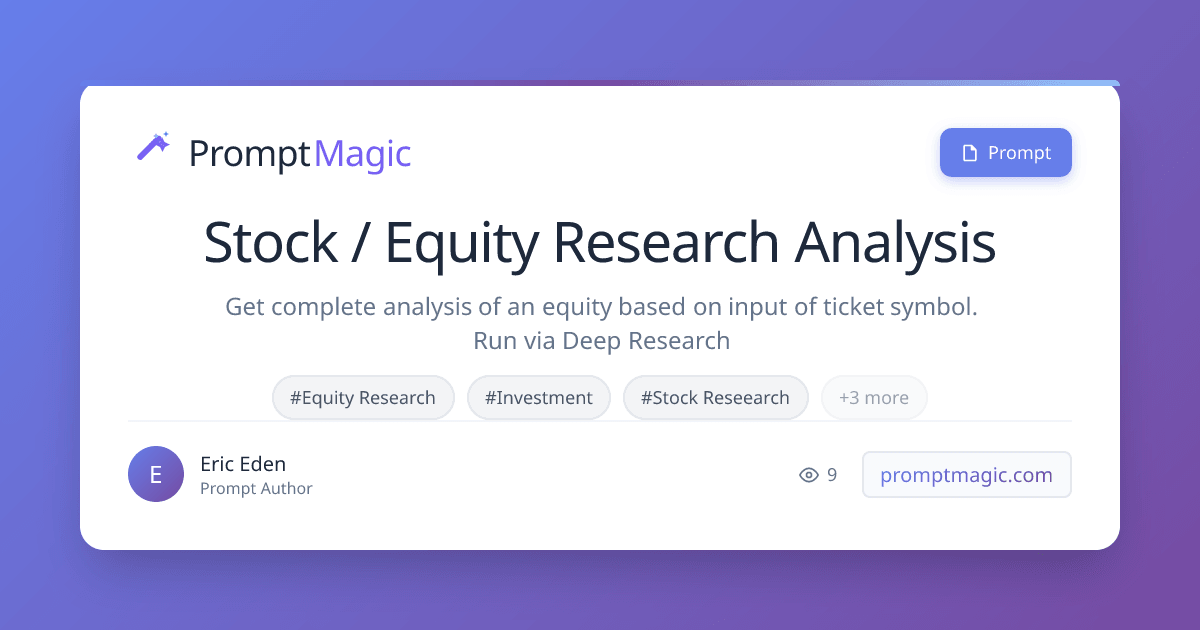

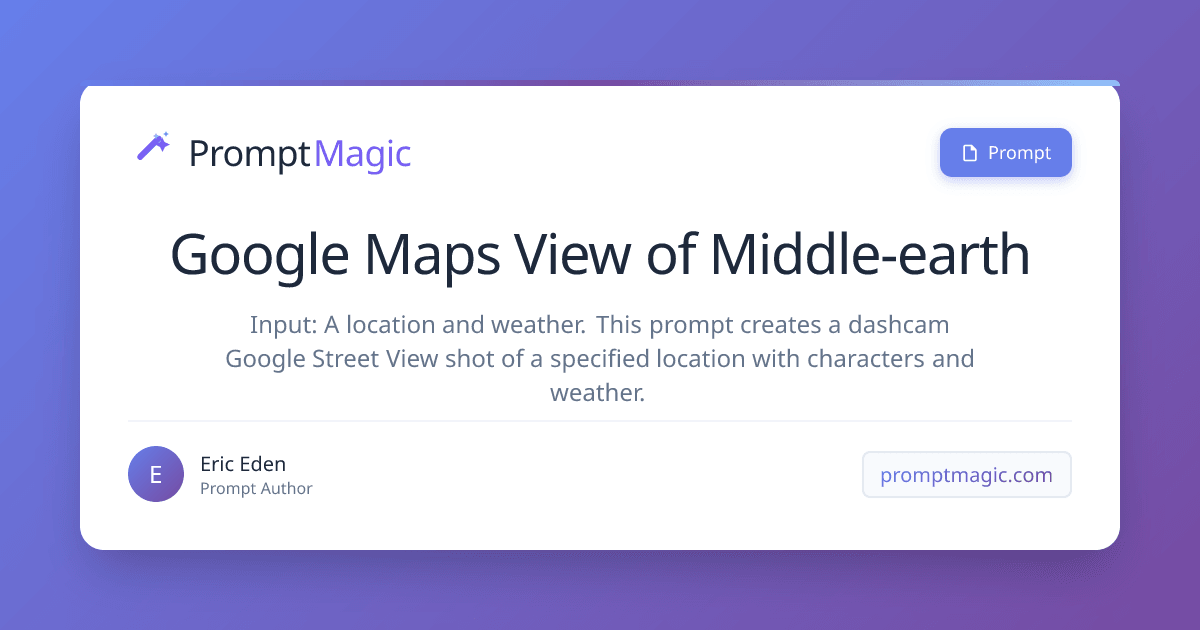





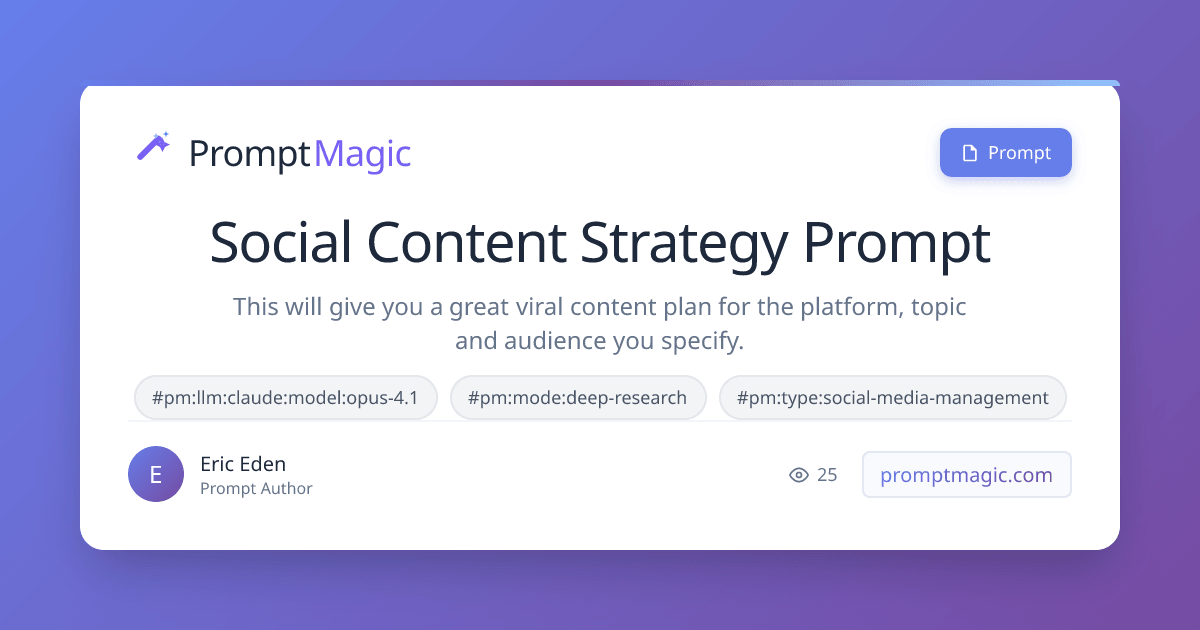


Prompts to generate images with Google Nano Banana model - flash or pro 2.5 model


These are prompts for SEO where AI can act as your co-pilot. The goal isn't to let AI do your job. It's to let AI do the tedious parts of your job so you can focus on the strategy that AI can't do.


This collection of 100 prompts will help you use ChatGPT as your personal assistant.


Overall marketing execution prompts




Prompts for Founders


This is a collection of 60 personal finance, investing, wealth management prompts


These are prompts for the whole sales lifecycle


Product Management prompts to get great results from ChatGPT, Claude, and Gemini


These are prompts for customer success teams to use.


These are prompts for customer success teams to use.

This is a collection of prompts for the IT operations team


These are prompts for corporate finance.


This is prompts about Content Creation and Content Marketing


Ideal for leveraging data for 600 million twitter users for marketing / research

Text
199 prompts
ChatGPT (Chatgpt 5)
75 prompts
Marketing
68 prompts
Claude (Opus 4.1)
53 prompts
Gemini (Gemini 2.5 Pro)
52 prompts
Personal productivity
47 prompts
Founder
46 prompts
Deep Research
36 prompts
Image
34 prompts
Analysis
30 prompts
Social Media
27 prompts
Content Marketing
22 prompts
ChatGPT
22 prompts
Product
20 prompts
Gemini (Nano banana)
19 prompts
Gemini 2.5 Pro
18 prompts
Content Creation
18 prompts
Gemini (Opus 4.1)
16 prompts
SEO
16 prompts
Claude (Gemini 2.5 Pro)
16 prompts
ChatGPT
14 prompts
Marketing
12 prompts
Content Strategy
11 prompts
Product Management
10 prompts
Dating
10 prompts
Chatgpt 5
10 prompts
Claude 4 Opus
10 prompts
Claude
9 prompts
Notebook LM
9 prompts
Deep Research
8 prompts
